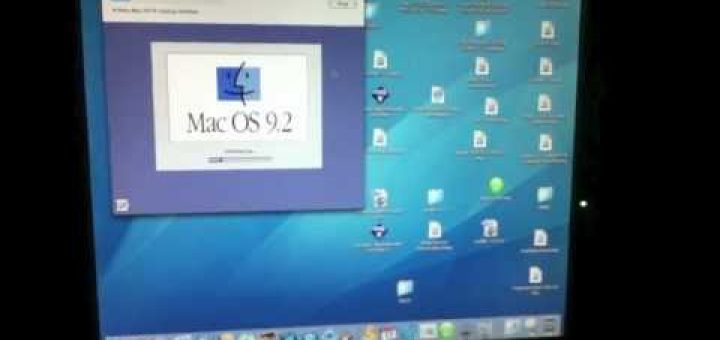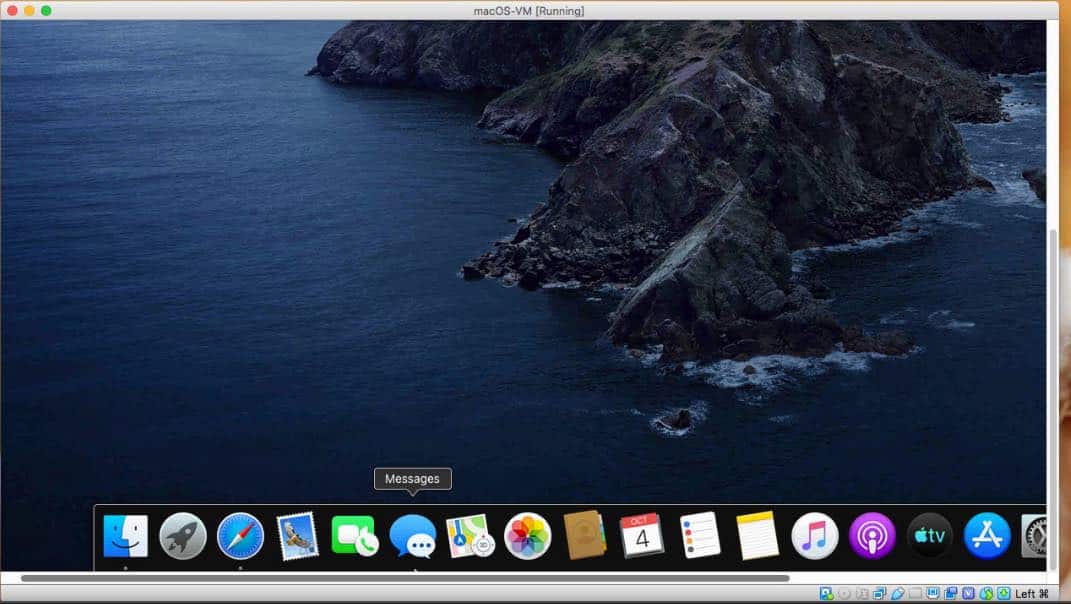


There's something kiosk-like about the new visual cues it feels just a little bit less like a computer and more like an appliance. User account photos are now rendered in bubbles, not just here but throughout the OS, including in the Fast User Switching menu and in AirDrop. Mac OS X Lion's login screen: the appearance has changed dramatically – to something more like an appliance The textured background behind many iOS interfaces when you scroll past a boundary is shown in its full and somewhat sombre glory. Most are subtle, but the new appearance for choosing a user account to log into doesn't fall into that category. First impressionsĪs soon as you reach the login screen, it becomes plain that Lion serves up a raft of cosmetic tweaks, as every OS X release does this time, making nods towards iOS. With the previous release of OS X, Snow Leopard ( reviewed here) being seen as more of an overall improvement and refinement (with plenty of new developer APIs) rather than adding lots of new visible features, OS X was due to give some more love to the average user.

Which makes sense, since millions more people have used iOS devices than Mac OS X ones but the Mac OS X market is gaining new users every quarter ( Mac sales have been growing faster than the PC market for five years). The good parts of iOS had been fed back into OS X. The announcement of Mac OS X "Lion" (version 10.7) served as reassurance that Apple hadn't forgotten about its existing customers.īut there was another meaning to "Back to the Mac": it indicated that many of the new features in Lion had been inspired by iOS, or born of lessons learned during the development of iOS. There had been a perception that Apple's focus had been solely on iOS, the operating system for the iPhone and iPad, for quite some time – accurate enough, and understandable given the meteoric rise in the number of people using an iOS device in recent years. When Apple held its "Back to the Mac" event in October 2010, many OS X users breathed a sigh of relief.


 0 kommentar(er)
0 kommentar(er)
